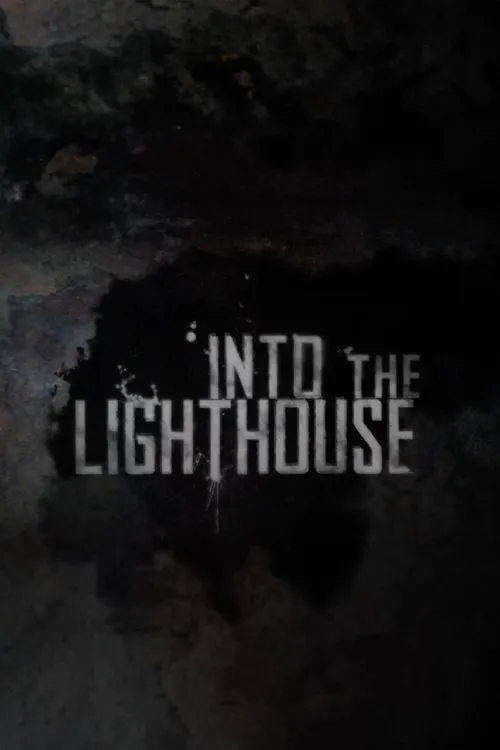Shutter Island: Into the Lighthouse

Plot
The featurette "Shutter Island: Into the Lighthouse" delves into the intricacies of Martin Scorsese's psychological thriller, "Shutter Island." One of the aspects that make the film fascinating is its exploration of the psychiatric realm, an area where Scorsese sought the expertise of James Gilligan, a renowned psychiatrist. Gilligan played a crucial role in guiding the actors in their portrayal of complex characters, helping them grasp their characters' motivations and reactions. Gilligan's counsel was instrumental in creating more authentic and nuanced performances. His input not only enriched the characters but also added depth to the narrative, making the movie more thought-provoking. The consultants also contributed to the development of the story's themes and the actors' understanding of their characters' emotional journeys. At the time of the film's production, Gilligan was working at the Massachusetts Correctional Institution – Walpole, a maximum-security prison that also had a psychiatric unit. His experience and expertise provided a rich foundation for the script, allowing the writers to explore the darker aspects of the human psyche in a more informed way. The psychiatric aspects of the film are central to its narrative. The story revolves around U.S. Marshal Teddy Daniels, played by Leonardo DiCaprio, who is tasked with investigating the disappearance of a patient from a psychiatric hospital located on Shutter Island, a remote island off the coast of Massachusetts. The institution, Ashecliffe Hospital, is notorious for its experimental procedures and the use of lobotomy, a barbaric practice that originated in the early 20th century. Lobotomy, a radical treatment approach for severe mental illnesses, involved surgically severing the connections between different parts of the brain, which was intended to calm the patient's behavior or even stop their aggressive tendencies altogether. However, this invasive and often irreversible procedure often left patients in an vegetative state or caused severe cognitive impairment. This was a widely accepted medical practice during the time period depicted in the film, although many now consider it a crude and inhumane approach. As the story unfolds, Marshall Teddy Daniels uncovers disturbing secrets about Ashecliffe Hospital and the lobotomy procedure. The more he delves into the mystery, the more his perception of reality gets blurred, leading him to question the reliability of the information available to him. His investigation ultimately forces him to confront the possibility of institutionalized madness and the blurred lines between sanity and insanity. While Gilligan and the consultants on the set of "Shutter Island" may have brought the psychiatric aspects to life in more convincing detail, the narrative's core relies heavily on its protagonist's quest for truth. The character's inner turmoil and growing suspicions about the hospital's activities lead to a series of mind-bending revelations, forcing the audience to confront their own understanding of reality. One of the most significant developments in the story occurs when Teddy discovers the true nature of Ashecliffe Hospital and the sinister experiments being conducted there. The hospital is found to be using lobotomy as a tool for social control and for suppressing any form of resistance within its walls. This shocking revelation serves as the final blow to Teddy's grip on reality, as he is confronted with the reality of what truly happened on the island and his own role in the larger scheme of events. Pharma-psychology, a more humane approach to treating mental illnesses, began gaining acceptance during the 1940s, which is precisely the time period in which the story takes place. This shift in the medical community's approach to mental health marked the beginning of the end for the lobotomy era, as psychiatrists started recognizing the importance of psychological therapy and the role of pharmaceutical treatments in treating mental illness. Throughout "Shutter Island," the narrative's focus on the psychiatric aspects and the practice of lobotomy creates a narrative tension and raises profound questions about the nature of truth and sanity. The story challenges the audience to question what is real and what is imagined, and how these perceptions are often shaped by our biases and experiences. In the featurette "Shutter Island: Into the Lighthouse," Scorsese and his collaborators offer a glimpse into the making of this gripping psychological thriller, demonstrating how a deep understanding of psychiatric principles and a commitment to authenticity enriched the narrative and elevated the performances of the actors involved. The movie and the featurette both serve as a testament to the significance of the psychiatric aspects in shaping the narrative of "Shutter Island" and highlighting the importance of a humane approach to treating mental illnesses.
Reviews
Recommendations


